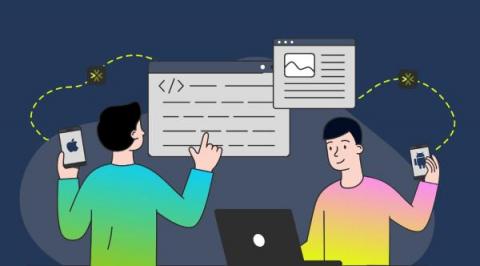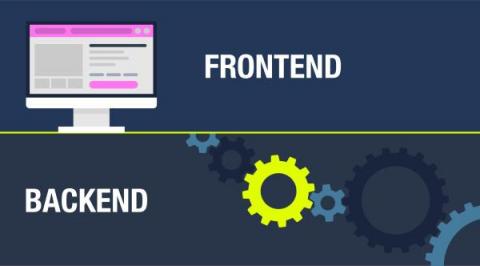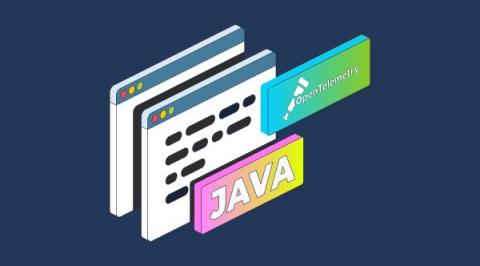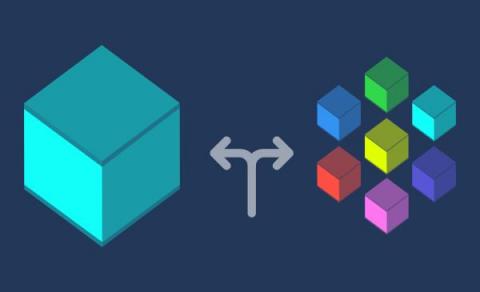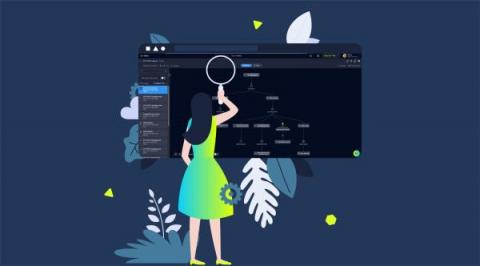Replaying flows and troubleshooting issues in mobile app development using OpenTelemetry
iOS and Android apps are often a common component of distributed applications, forming a key part of the software architecture. These mobile apps provide another way to access data and perform actions on various services, requiring tight integration between the apps and the components which serve the data and control it.


